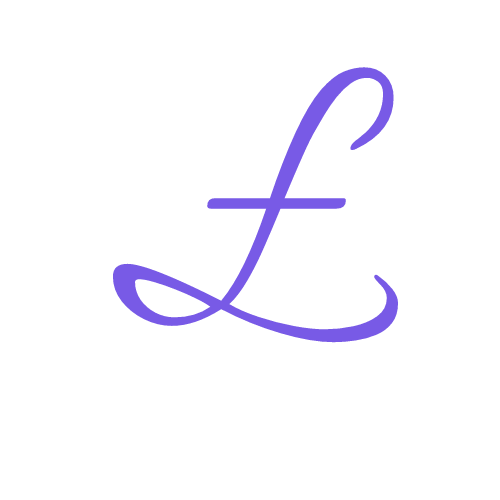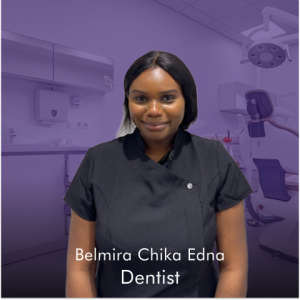Welcome To Buckingham Gate Orthodontics

Premium dentistry at Affordable prices
We offer the highest quality care for all patients. We are known to be the most affordable orthodontic clinic in the UK.

No
Credit Check*
* No credit check required for traditional orthodontics and other treatments please consult our team.

Pay as you go
system
Pay for your treatment with various options, pay as you go.

Free
Consultation
Affordable treatments with free consultations available.

Same Day Installation!
Book a complementary consultation, and get your braces the same day!

About Us
Tired of receiving sky-high dental treatment quotes, and having to deal with credit checks, inflexible payment plans, and time consuming paperwork prior to commencing your orthodontic journey? Then you are in the right place!
At Buckingham Gate Orthodontics our aim is to provide high-quality dental treatment with fair prices, flexibility with our payment options such as pay as you go system* with no credit check and thanks to the advancement of technology and the experience of our clinicians, same day installation is now a possibility*.
The practice offers a fully electronic appointment booking system, giving patients the flexibility to make appointments at a time that is convenient to them, with the benefit of our pay as you go system, with patient flexibility and convenience at mind.
At BGO, we work with you to create your dream smile using a range of cosmetic treatments, including composite bond ups, fixed braces, Invisalign and other clear aligners as well as other dental services. We invite you to start your smile journey with us today!
*Pay as you Go system available for traditional orthodontics.
*Your clinician will be able to discuss the possibility of Initiating treatment in the same day after the initial assessment.
same Day Orthodontics*
If you’re looking to get braces or Invisalign, there’s no need to wait any longer! You can book your complimentary consultation, receive your orthodontic exam, and get braces the same day.
* after assessment a decision will be made

Orthodontics
We are a respected Orthodontic and Dental Clinic in the heart of London with a respected track record of more than 5 years. We offer a range of orthodontic treatments, provided by our highly experienced team. Click below to see a full range of our orthodontic solutions.
Other Treatments
We don’t only offer orthodontic solutions, we provide general dentistry and facial aesthetics. Here at Buckingham Gate, we aim to provide the best care possible using the latest technology.
state-of-the-art clinic
At Buckingham Gate Orthodontics, we are proud to offer our patients the latest in dental technology and care. Our new state-of-the-art clinic offers a wide range of services, from general dentistry to cosmetic procedures. We use the latest equipment and techniques to ensure that our patients receive the best possible care. Whether you are looking for a simple cleaning or something more complex, we are confident that we can meet your needs. If you are searching for a new dental practice, we invite you to come and experience the Buckingham Gate difference.
We offer messaging support 6 days a week!
Meet Our Team










Patient Testimonials
We’re proud of the care we provide to our patients, and we think that shows in our testimonials! We have over 450 5 star reviews on Google and would love to show you why our patients rate us so highly.






